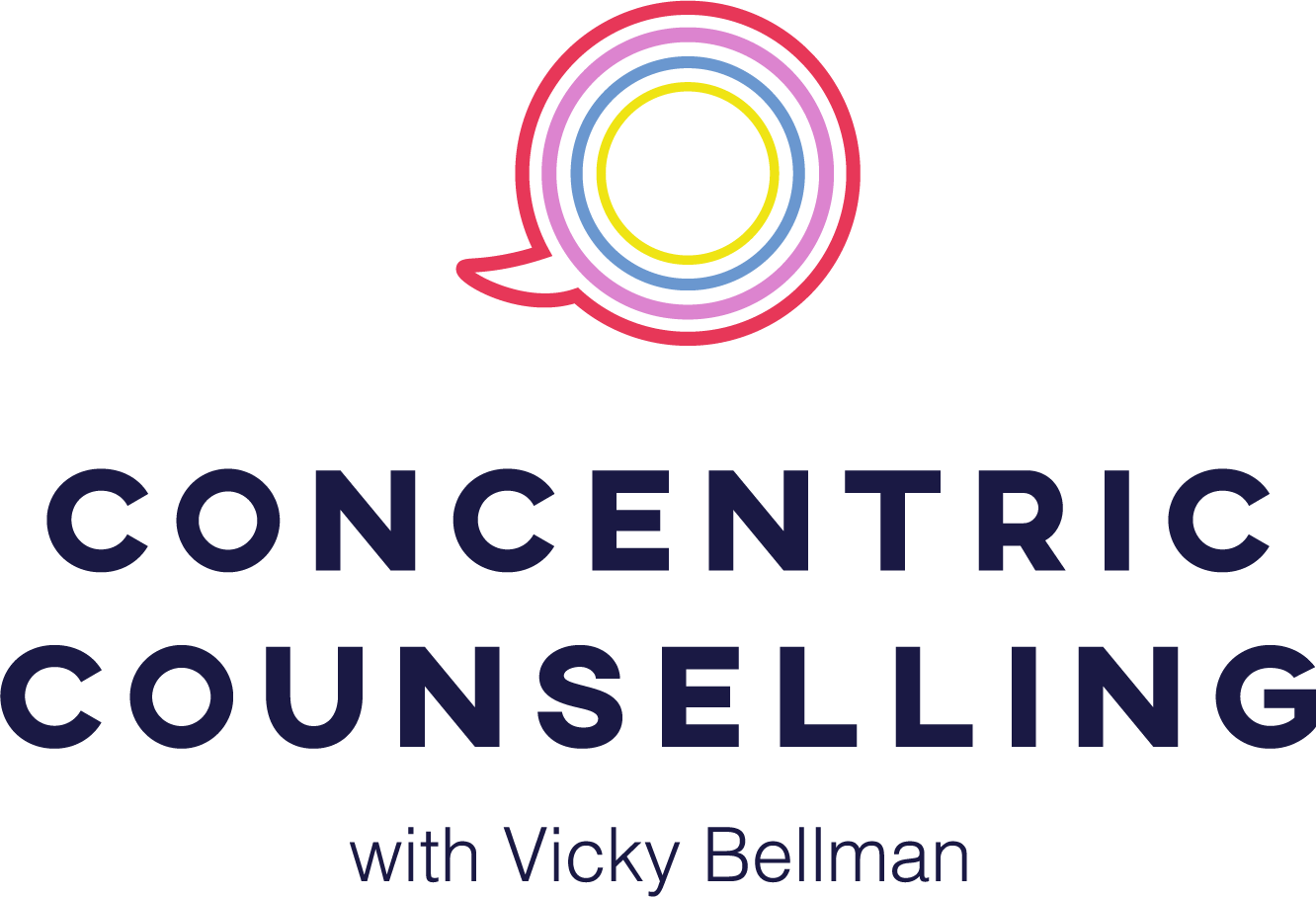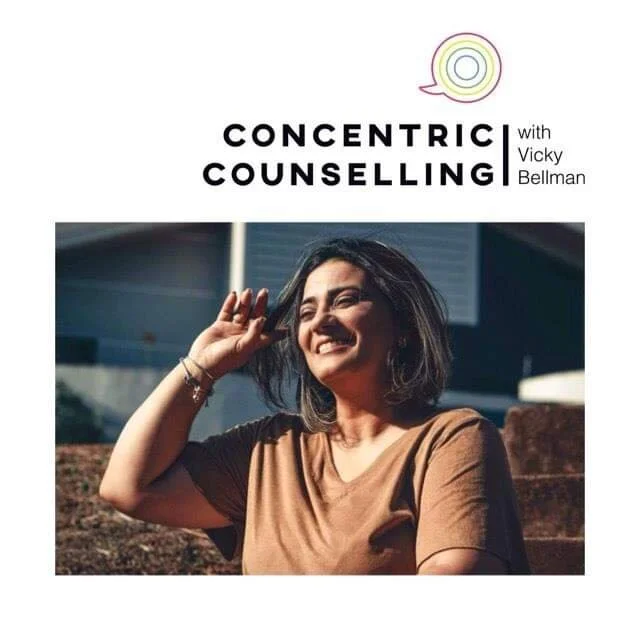How to talk to children about a world that can be frightening
In the last week, yet more devastating and scary global events have hit the news. Every day, we are reminded of the various ways in which that threat presents itself in our world, which can be hugely overwhelming for us as adults, and even more so for children, who lack the cognitive and emotional vocabulary of grown ups, and also the perspective. In the year to April 2016, Childline received 35% more calls from children citing anxiety as their reason for calling; it is a source of much work in my own practice - both with children and teenagers who feel anxious, and also parents who feel anxious or feel unskilled in how to support their child. With that in mind, here are some tips and insights into how to approach these events when speaking to your children:
Tell the truth
It seems simple and obvious, but so often we want to protect our children that we evade questions, or tell half-truths, in an attempt to wrap them in cotton wool and maintain the innocence of their childhood. Whilst childhood innocence is important, feeling informed is a significant part of feeling empowered. Check in with your children - they often know more than you think they do. They overhear conversations, they hear half-truth statements in the playground, they catch sight of newspaper headlines. Stay age appropriate, stay calm, avoid graphic detail, and answer their questions. Keep your body relaxed - for example, keep your shoulders down, keep the pitch of your voice measured and low, and speak slowly. Maintain control of yourself, to help your children maintain control of themselves.
Remember that sometimes these conversations will lead to bigger questions about life, death and everything - these are existential issues, so prepare yourself for existential discussions. Children may have questions about death, justice, where we go after we die, and whether there's a deity, and allowing them the platform to explore these questions with you can grow great confidence. And, whilst children sometimes need us to display our knowledge, don't be afraid to answer, 'I don't know. I wonder how we can find out together?'. Children can sense when we are being incongruent, and having the humility to acknowledge the limitations of our understanding will reassure your child that you are 'on the level'.
Above all, have safety and reassurance in mind when telling your children the truth. From pre-school to uni-goer, children are dependent, and implicit in all their questions is the whisper, 'if the worst happens, who will take care of me?'. Remind them they're safe, there's no direct danger, and that you're here for them.
Focus on positives
It is possible, at all ages, to empower children by focusing on the positives in the world. That's not to say that we need to sugarcoat disasters, but it can be helpful to mediate a sometimes frightening world by balancing this with affirmations. This is what allows children to retain some of their innocence - to cultivate and maintain an optimistic and hopeful worldview.
The news is subjective - we are shown what they want us to see. Footage of disasters focuses on bloodshed and division; they rarely focus on the helpers. From 9/11 to the Westminster attack, to the Boston marathon and London bombings, you can always see people running towards the disaster; people running to help those in need and in distress. There are countless emergency service workers and civilians, working together to look after those who have been hurt. In the time since these events happened, there have been numerous examples of restoration and rebuilding.
Do some research and have some links or clippings available to share with children, of positive stories in the news this week. Get creative, and create a collage with children of any age, of positive news and actions - celebrate these events by decorating the collage with craft and art. For a more indepth task, with older children, more inquisitive younger children, or children/adolescents who need to reinforce positive messages even more, I love the idea of Restorative Narrative, outlined here - why not make it a family project? Access the websites of organisations such as the Red Cross, the UN Relief Fund or Amnesty International, to show the terrific efforts that people are making to work for peace, and heal after conflict. And this wonderful video of an interview with a father and his son, filmed the day after the Paris attack, is great viewing for children and parents alike. It shows how it's possible even to talk to very young children about a sometimes frightening world, and to begin to apply positivity and perspective to an overwhelming event, whilst also acknowledging the challenges and worries of the situation.
Focus on perspective
The distinction between fantasy and reality, for children, is often blurry; for example, becoming afraid of monsters or the dark as a response to a seemingly unrelated stressful situation. Furthermore, they often lack the basic knowledge that you and I take for granted, that can help them to rationally organise their thoughts on an event. Using a map or globe will help to provide context for events that can often feel like they're in our living room.
Do they know what an infinitesimal number of terrorists there are, compared to ordinary, good-ordinary, and super-duper-good people there are in the world? It can be difficult to remember that the numbers of terrorists in the world are extremely small, when it's such a constantly used word in our modern world. Help them keep perspective, with percentages. A helpful way to make this visual and get some scale can be to use the idea of Lego blocks - one tiny one-stud Lego piece represents the amount of terrorists in the world, for example, compared to, for example, Buckingham Palace created just from Lego (or something else huge and relative to them!).
Focus on modelling healthy emotions
How are you at considering threat, scary situations and a world that can be frightening? Do you practice what you preach, when you tell your children to stay calm? Can you handle feeling scared, or do you try and suppress natural emotions and responses? If not, start with yourself, and regulating your own emotions. Keep your breathing even and practice grounding exercises. Work on the notion that it is possible just to feel our feelings, without actually acting on them (for example, by becoming physically overwhelmed, or hiding away), and without pushing our feelings away. A way of doing this is simply to notice and reflect feelings, either to yourself or, when you feel practiced, to your children: 'yes, I do feel scared when I see scary news, but that's ok and it's understandable. Feeling scared makes my tummy feel fluttery and I feel vulnerable/powerless, so I'm going to do something to make myself feel safe/powerful'. And then do that thing!
Teaching children basic emotional literacy and emotional mindfulness is so important for growing children who are resilient, and helps them to take control of their emotions, rather than their emotions controlling them. For older children, you can explain that these feelings, when harnessed, can be the first step to action. Concern, when managed and utilised, can be the first step that inspires change.
Focus on self care
If you don't take care of yourself, it's difficult to take care of others. Consider the ways in which you take care of yourself and, if you don't do it enough, do it more.
If you haven't discussed self care with your children, do it now. Ensure they have enough screen-free time and downtime - childhood can be stressful, and too many activities can be overwhelming. Ensure that any news-watching is done as a family, so you can be aware of content (switching off or distracting if too graphic), and so you can be onhand to answer any questions. Encourage them to listen to their bodies too - if they have a stress stomachache or headache, gentle rubbing or a warm heatpack can reduce pain, or a fiddletoy can reduce nervous fidgeting.
Get creative - how about creating a lovely poster of ways they can look after themselves, both individually and with you? Self care techniques for children could include listening to music, going for a swim or kickabout, wearing comfortable clothes in a comfortable chair, playing with a pet or friend, prayer or meditation, keeping a journal, seeking out a trusted friend of family member to talk to, playing a musical instrument for fun, learning to knit, having a bubble bath, watching a family film (something low-conflict or low-action - My Neighbour Totoro is a great example of a conflict-free film)... or something totally unique to your child! One child I knew liked to do handstands - 'it's difficult to remember you're scared when you're upside down!'.
Focus on routine
One of the principle issues with frightening world events is the randomness of it all - we don't know when and where these things might happen. Whilst we can't control global patterns, we can control our own, and routines help children (and us) to feel safe. As always, check they're getting enough good food, good water, good sleep and good outdoor time. Even in a busy world with hectic schedules, factor in time for family connection and physical contact - cuddles, snuggles, sofa time, and play need to be regular, cherished priorities, rather than an afterthought.
Focus on action
Action is empowering, and is vital for building healthy, resilient children. Help your children to think of age-appropriate ways that they can contribute to positivity and progression, both locally and globally. This might include getting involved with community projects, raising money for charities working to support those affected by frightening events, or writing to MPs to ask them how they are contributing to positive initiatives, both in their constituency and in the world at large. Action restores a sense of control, which increases our feeling of safety and agency.
Focus on kindness
We can't change other people, but we can change ourselves. If we focus on kindness, we contribute the kind of energy that we want to see in the world. Why not do a daily or weekly Random Act of Kindness with your children? Take a little time together to come up with different ways in which you can do something kind for someone else, either secretly or letting them know.
Encourage your child to notice all the ways in which people are kind to them, to help them build a positive worldview. 'Selective attendance' is a powerful way in which we can change how we see things, and helps us to balance the media, which constantly feeds us images of destruction and despair. Recognising the ways in which we have been helped, and acknowledging that we can ask for help, increases our feeling of connectedness, and fosters a greater sense of resilience.
Help them be the rainbow in someone's cloud, and notice the rainbows in their own sky. I absolutely love this video of Maya Angelou introducing this idea, and think it's a must-watch with children!
Focus on your own intuition
Feeling scared is a normal response to a world that can sometimes be scary. However, you know your children, and you know when their response becomes a concern. If their mood changes or they become withdrawn for a significant period of time, if their anxiety is having an impact on their day-to-day functioning eg eating or sleeping, or if their relationships or school life is being affected, consider seeking extra support.
If you have been affected by any of the issues raised in this post, and think that counselling would help, do please contact me. For more details, or to arrange an initial consultation, call me on 07419 190930 or hello@concentriccounselling.com.

















